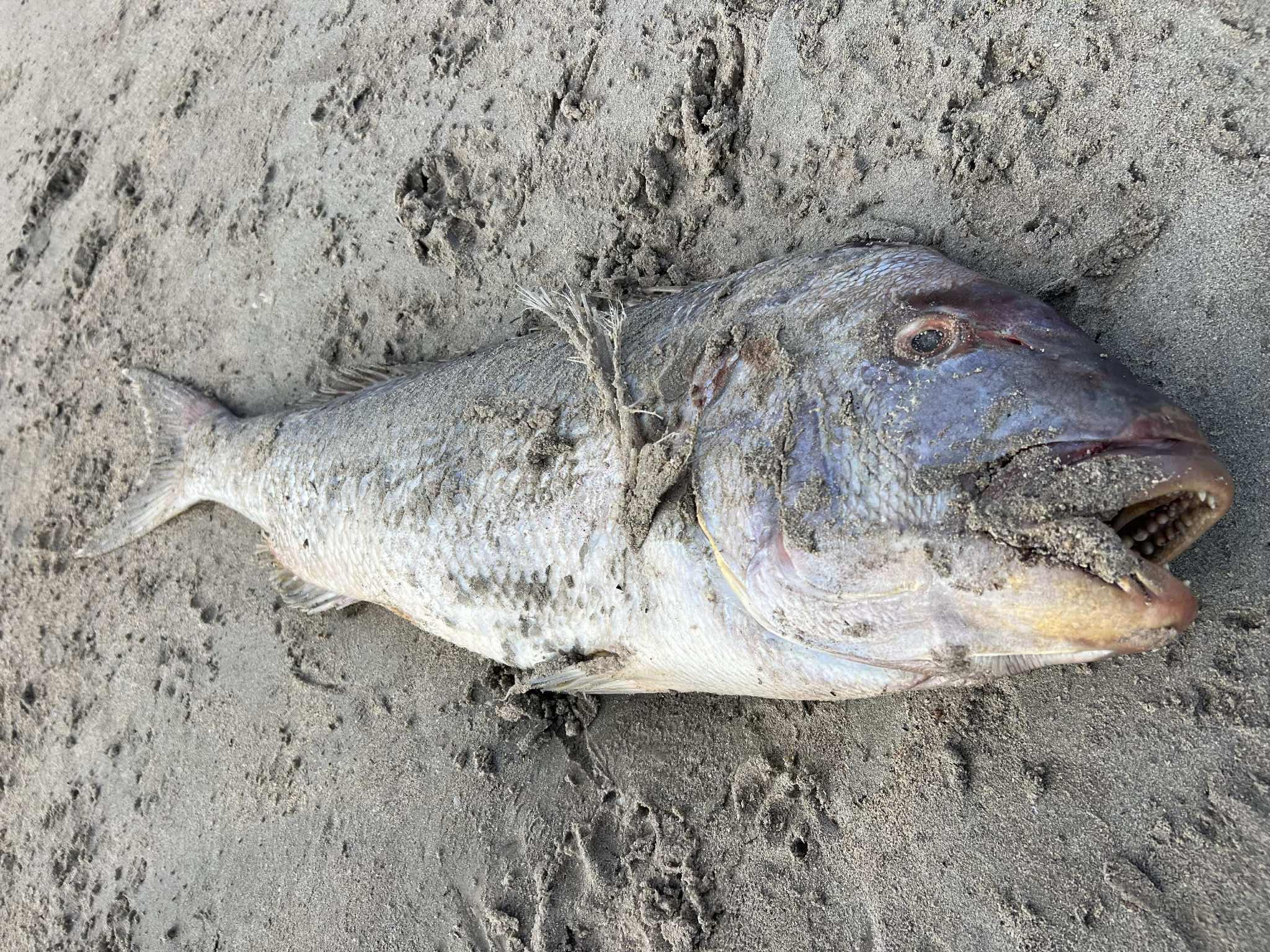The Catastrophic Algal Bloom in SA Waters

A frustrated and impassioned social media post by a prominent Adelaide tackle store owner last week caught my eye.
The post referred to the ongoing natural disaster that is the horrendous algal bloom that has been plaguing South Australian waters for the last few months.
Most anglers will be aware of the bloom, which is having a devastating effect on marine life in South Australia, and on the businesses that rely on recreational fishers for their livelihoods.
All manner of sea creatures are washing up along the SA coast due to an unprecedented combination of factors including a marine heat wave, although there are many wild theories on its cause floating around on social media.
The bloom apparently started on beaches on the southern tip of the Fleurieu Peninsula in March and has since spread to the Gulf of St Vincent, which is the heart of recreational fishing in SA.
The algae (Karenia mikimotoi) has spread over an area of at least 4500 square kilometres in SA’s gulfs, creating a toxic sludge that’s killed massive numbers of fish, molluscs, sharks and rays.
It was thought the winter weather would break up the bloom, but rather it seems to have just pushed it deeper into the gulf, and it now appears to be creeping towards Victorian waters.
In the aforementioned Facebook post, the clearly distraught owner demanded that people coming into his shop not talk about the bloom, for the sake of his mental health.
Faced with a devastating and unexpected loss of income and the potential demise of a family-owned business that has been around for 20 years, this owner has even diversified into aquarium supplies and exotic fish as he tries to survive the devastating business impacts of the bloom.
Just a few days before seeing the post, I had been talking to prominent SA fishing identity Shane Mensforth, who has been running SA Angler magazine since 1978, about the devastating impacts of the bloom.
With warnings it could be up to two years before the problem clears, affected businesses such as tackle stores and marine dealerships are already closing down, having previously been impacted by the introduction of marine parks and a ban on pink snapper fishing.
Shane said he can longer bring himself to walk along his local beach, as the sight of the dead animals was too distressing.
Where he used to catch squid and king george whiting any time he wanted near his Port Julia home on the Yorke Peninsula, it has been three months since anyone has caught anything, with seagrass, soft corals and sponges also perishing.
SA’s network of marine parks did nothing to protect again this sort of natural disaster based on water quality and Shane said it was a “tragedy without precedent”.
“SA’s recent outbreak of micro-algae is the most catastrophic marine event in the State’s history,” a devastated Shane told me.
“Also causing skin and eye irritations in humans, the algae is considered to be the result of elevated water temperatures due to global warming, and cannot be contained or countered in any way.
“Its effect on coastal communities and associated businesses has been absolutely devastating, with 300-site caravan parks around Yorke Peninsula and Fleurieu Peninsula empty during the recent school holiday period, and local businesses facing financial ruin as a result.
“Many tackle stores are struggling to keep the doors open, marine dealers are bleeding money, and both the commercial and charter boat sectors are heading the same way.
“In a nutshell, the algae infestation has brought much of our marine and fishing-based industries to their knees.”
Scientists and marine biologists currently working on the algae problem simply can’t put a timeline on a possible end to the whole disaster.
“Some predict a year before we start to see any light at the end of the tunnel, while others say it’s more likely to be double that,” Shane said.
It is impossible not to feel for all the South Australians affected by this disaster, both recreational fishers and the wider community, and one can only imagine the impact a similar algal bloom would have in our waters, for example if it were to occur in the hugely popular Peel-Harvey system.
Photo Caption: Shane Mensforth found this 10kg pink snapper dead on his local beach.


